Short Long Exposures
is that an oxymoron?…
Surely, the title is a contradiction in terms? How can exposures be short and long and the same time… But I promise there is some logic hidden in the title. And it will become clearer when we’ve examined what long exposure photography is really about. Because the very term (sometimes also referred to as “slow shutter speed photography”) is a mental shortcut of sorts. It doesn’t paint the whole nuanced picture, and at times can be even misleading.
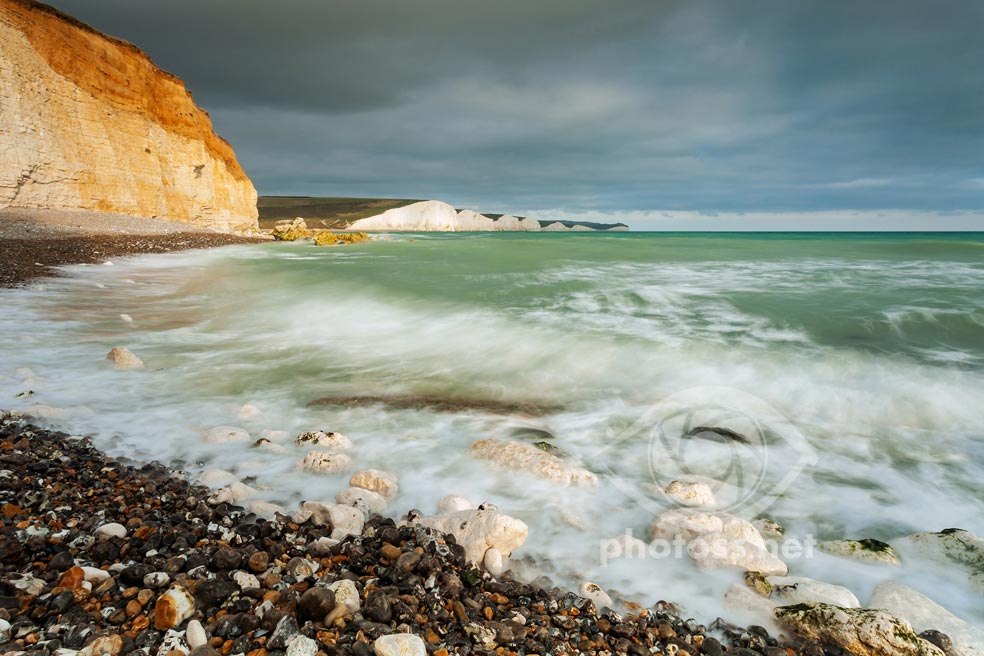
Looking from Hope Gap towards Seven Sisters in East Sussex. 1-second exposure.
What is long exposure photography?
In most situations, when we photograph scenes with moving objects, we prefer to freeze those objects in motion. We try to avoid motion blur by choosing a fast enough shutter speed, so that moving elements do not traverse any perceivable distances while the shutter remains open. Such exposures could be called short, or normal, or regular.
But sometimes we may choose to intentionally capture motion blur in our images. We keep the shutter open for longer so that objects or substances in motion, such as clouds, vehicles, running water, move during exposure and create streaks, smudges, swirls suggestive of motion or the passage of time. These can be especially effective when skillfully juxtaposed against stationary elements and can sometimes create an ethereal and otherworldly feel. And it’s these effects that are the essence of long exposure photography.
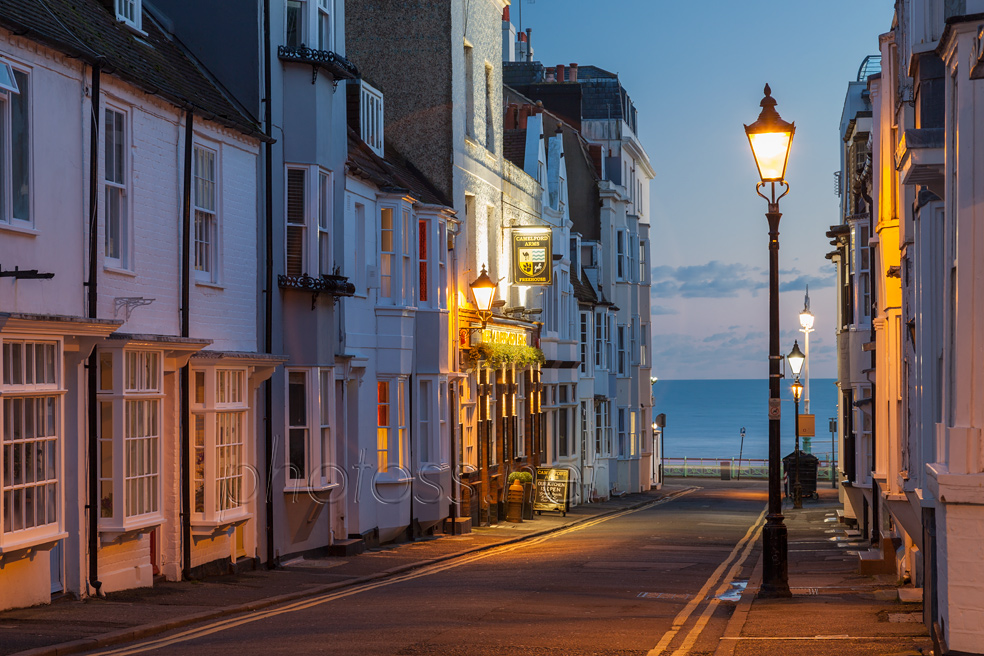
Evening on Camelford Street in Brighton’s Kemptown.
At 6 seconds, this exposure could be deemed “long”, technically speaking. (Low light conditions necessitated a slower shutter speed.) But none of the major elements in the composition were moving while the shutter was open. The result isn’t really a long exposure in an aesthetic sense.
It is not about any technicalities, specific ranges of shutter speeds or filters – those are just a means to an end. In fact, a 5-minute exposure of a scene in which everything is still, while technically “long”, doesn’t really count as an example of LE photography in the aesthetic sense described above. The resulting image could potentially look exactly the same exposed for 1/60s.
It could be argued that LE photography is more creative than other approaches. That’s because we end up creating new qualities in the process, something out of nothing. (Well, almost, we still need the raw ingredients.) The resulting shapes, textures and details exist only in the photograph. We can’t possibly observe them there and then due to how our visual perception works.
At what point does a "regular" exposure become "long"?...
This is a bit like asking “how long is a piece of string”. Context is everything. The time needed to create an LE aesthetic will depend on a number of factors, all interconnected. Notably, the speed at which objects or substances in our frame are moving. How far those elements are from the camera and their angular velocity. The focal length, and thus angle of view of the lens we are using.
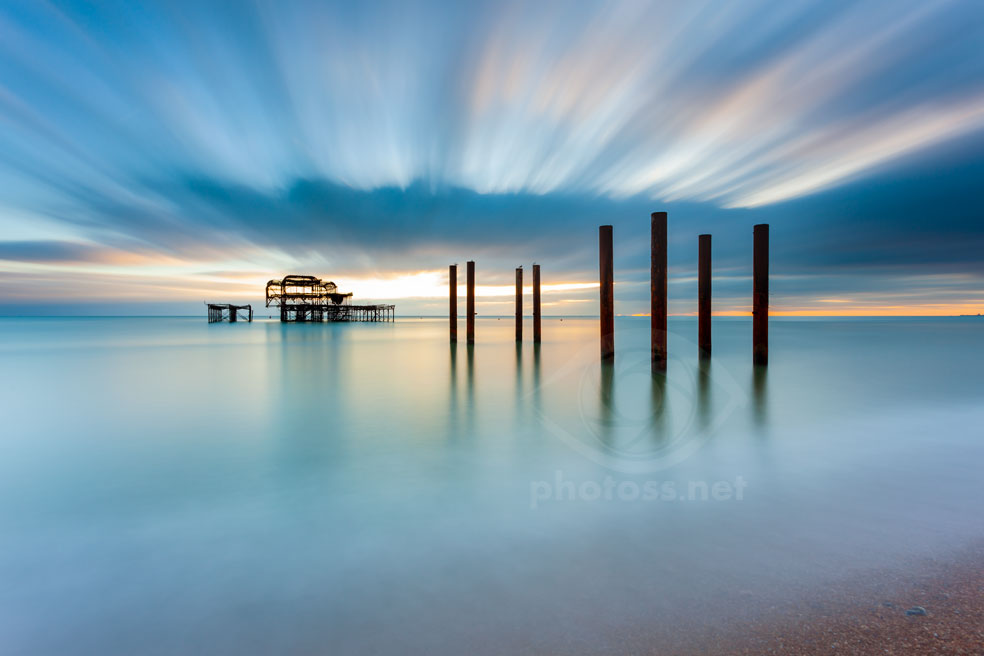
Sunset at West Pier in Brighton. A 4-minute “proper” long exposure.
For example, a wave crashing on the shore a metre away from the camera equipped with a wide angle lens will traverse the camera’s field of view at a much higher speed than the same wave seen from 15 metres away. Consequently, the shutter speed needed to create an LE effect will be much faster in the former situation. It could be a fraction of a second, whereas in the latter context you might need a few seconds to create an appreciable effect (and perhaps you’ll need more than one wave!).
For that reason it’s impossible to state authoritatively the exact transition point between “normal” and long exposure times. It will vary depending on the circumstances.
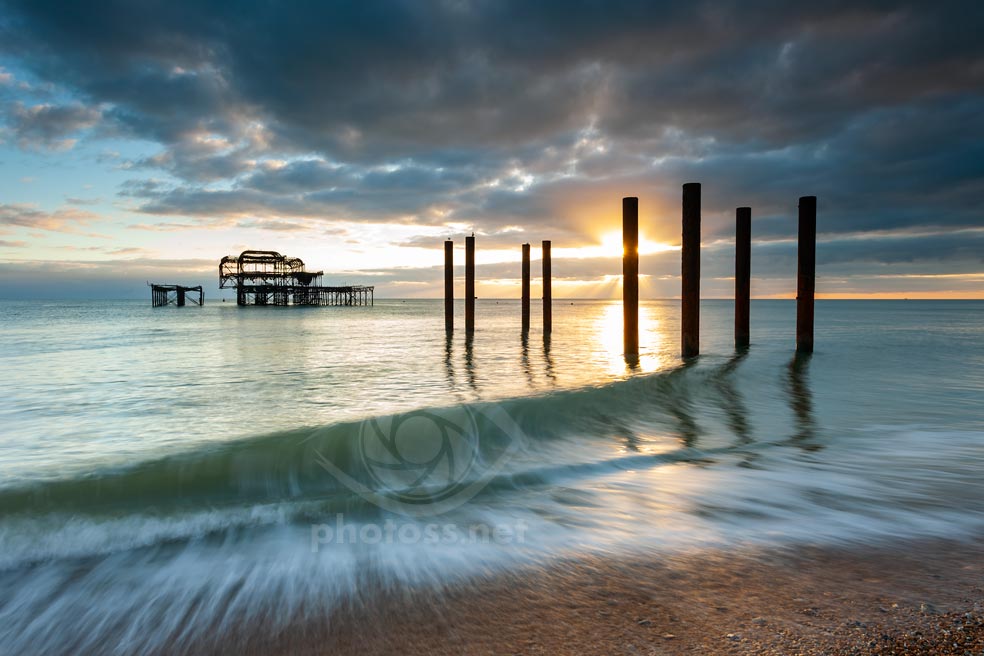
A 0.5-second exposure at the same location taken 10 minutes earlier. Although the shutter speed was orders of magnitude faster, due to the speed with which the advancing waves were moving, it still created an LE “feel”, suggesting motion and passing time.
By the way, the other end of the spectrum is easier to describe, but perhaps just as unsatisfyingly vague: infinity. In theory, we can keep increasing the exposure time without limit and the effect can always be called a “long exposure”. It could be hours, days, months, years… (and it has been done, at least with pinhole cameras). Those superlong exposures inevitably lack any sense of motion, but they can certainly look eyrie.
Short long exposures and why you should use them (sometimes)
“Short long exposures” are, for me, those elusive borderline cases where the shutter speed is just slow enough to capture some motion blur and impart a sense of passing time to the photograph. The term is seemingly self-contradictory, but I’m hoping that it makes a little more sense now. Although I don’t recall it being used by other photographers, I’m quite sure I’m not the first one to use it. It’s really rather obvious.
While it’s impossible to give specific time ranges for what constitutes a “short LE”, I can at least offer a few examples and suggestions to further illustrate the nature of the beast.
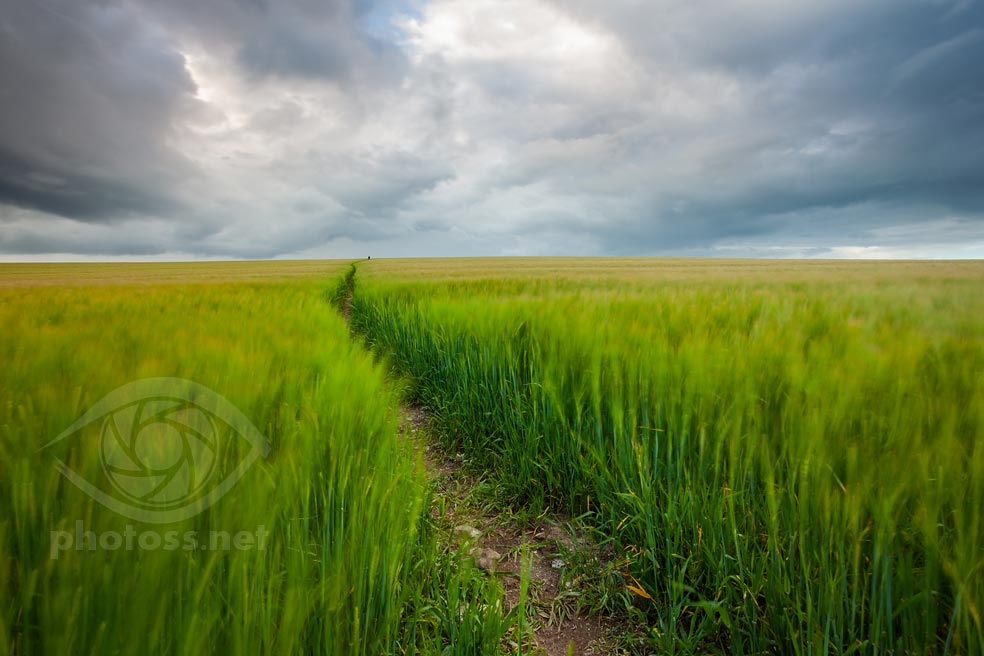
Early summer on the South Downs in West Sussex.
Thanks to the breeze, a 0.4-second exposure was enough to cause the swaying barley to blur and create a somewhat painterly effect. As the lighting was changing quite rapidly and winds blowing from the side, I didn’t want to waste time setting up a longer exposure.
It can work well with fast-moving objects or particles. Waterfalls or rapids – the water is often turbulent and foamy, sometimes almost white even to the naked eye. If you expose those features for two long, you may easily end up with large “burn-out” areas in your photo, devoid of any detail. Very often a fraction of a second can be enough to create a sense of movement and speed, while retaining a lot of detail in the blurred areas.
Grass or crops swaying on the wind, possibly trees and other plants. Again, the “optimal” time will depend on a number of factors. But very often with high enough winds, a second of two could be enough to create a painterly effect.
Moving vehicles and other machines. If you consider the sails of a windmill rotating on the wind, or perhaps more realistically – a wind turbine. Again, you may only need a second or less in order to create a sense of speed and movement.
Other potential applications worth experimenting with could be falling raindrops. Autumn leaves blowing in the wind. Really, any major elements in the frame moving fast enough to create a blur within a second or a fraction of a second.
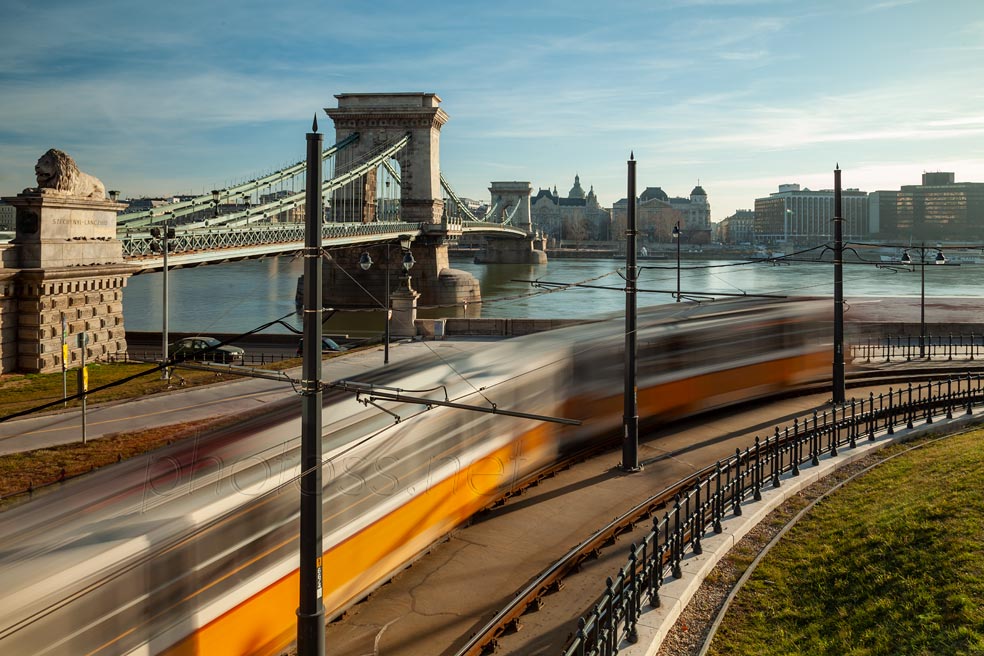
A tram “swooshing” by in Budapest.
1.3 seconds. It took quite a few attempts, and a number of unsuspecting trams, to get close to the effect I had envisioned…
Why bother with it...
“Short long exposures” are not better, or worse, than “proper” ones. But they are another available flavour, another mode of expression. Sometimes you can achieve greater impact taking this route than if you were to expose the frame for 10 minutes and blur everything into oblivion. In other situations, an exposure on the short side might look like a mistake.
But they are usually easier and faster to set up than loooong exposures. They’re always within the camera’s shutter speed range, so you don’t need to resort to the Bulb mode. Typically, you don’t have to spend too much time calculating the duration – you can simply use the TTL metering system of the camera, with any filters you have on the lens. And therein lies one practical advantage of this approach: You’ll be able to take a whole range of these exposures, tweak and experiment with different settings before a “proper” long exposure puts its boots on.
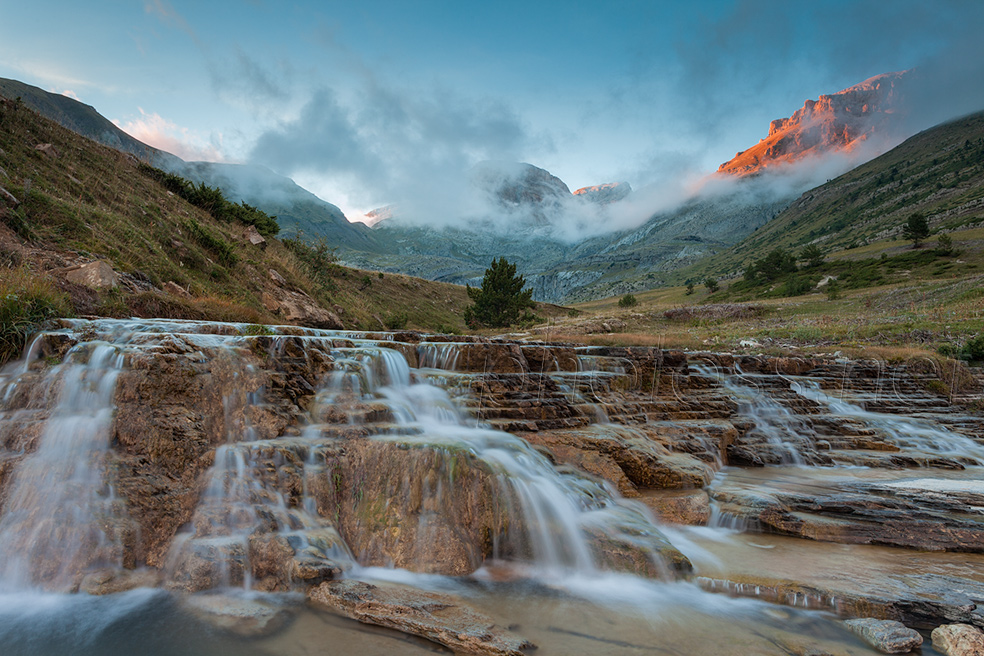
A small waterfall on the river Aísa in the Spanish Pyrenees. Short long exposures.
1.6 seconds was enough to suggest movement in the fast-flowing water while retaining detail and avoiding “burnouts”.
How to do short long exposures
To wrap up, a few suggestions regarding techniques, settings and accessories. These will be obvious for seasoned photographers, but if you’re still in the beginner camp, I hope you’ll find them useful.
Tripod is, of course, essential. The required shutter speeds can be relatively fast, and cameras/lenses with effective stabilisation could possibly let you take hand-held images. But you want to focus on one thing at a time ideally, and a tripod will give you better control over composition and other aspects.
Filters. Depending on the time of day and intensity of light, sometimes you may not need any (usually in the evening or at dawn). Otherwise, occasionally a polariser by itself can slow down the shutter speed enough to get the desired effect. Sometimes you may want to use an ND graduated filter, or a combination of filters, with its shaded part pulled across the whole frame – to the same end. In broad daylight a “big stopper” will typically be necessary to achieve adequate shutter speeds.
Remote control. Don’t rely on the self-timer. Precise timing is often of the essence here…
Shooting mode. I’m a strong proponent of using the Av (Aperture value/Aperture priority) mode for most of my shooting (read more about the whys and hows in this article on my recommended settings for landscape photography). “Proper” long exposures often require resorting to the Bulb mode, when the necessary time exceeds the camera’s slowest available shutter speed. But even though this is never the case with “short” LE, in some situations I prefer to use Manual. That is when larger portions of the frame are moving fast and changing the overall light intensity of the frame as a whole. Like when dealing with foaming waves washing on the shore. When using Av you can get very inconsistent results, and switching to Manual can actually allow you to work much faster.
ISO and aperture settings. One of the advantages of short long exposures is the ability to work fast and freely experiment with exposure times. You can quickly go from say 0.4s to 0.8s, if that’s likely to get you the effect you’re after, by simply decreasing the ISO by a factor of 2. Or if that’s not an option, by changing the aperture accordingly. It’s a much faster way of refining your exposure than having to juggle filters of different strengths. I wouldn’t recommend switching to Tv (time value/shutter priority) however, when you’re aiming for a specific shutter speed. You still want to maintain control over the aperture and depth of field and not leave the camera to its own devices.
Thank you for reading. Check out other similar articles in my Landscape Photography is Simple “blog”. Or click on a random post below.
Why do my landscape photos look flat?… Obviously, photographs are

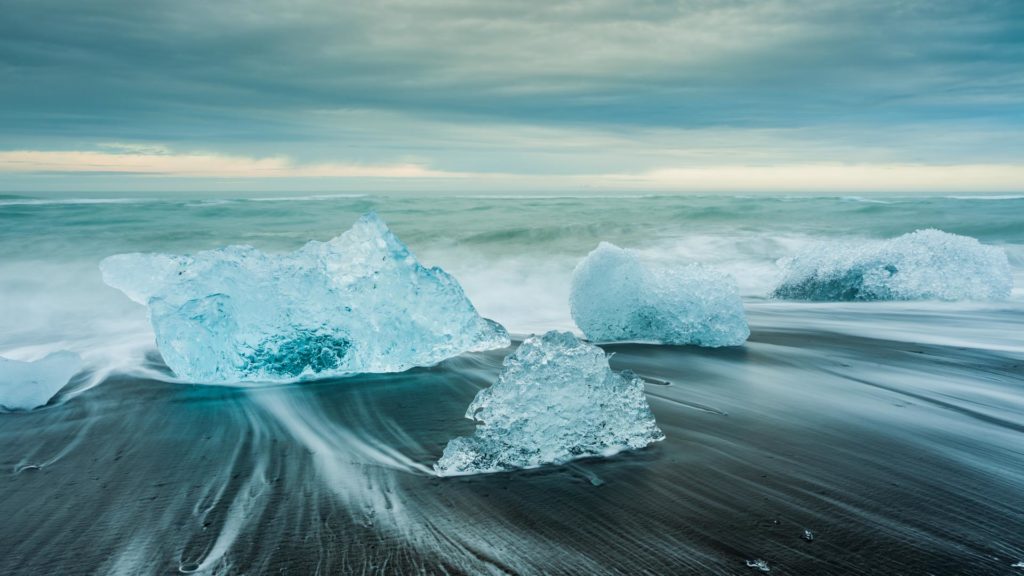
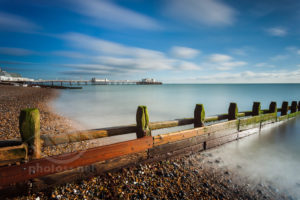
Thanks Slawek – this is an interesting read, as ever. The technical/aesthetic distinction is a useful one. I suspect most viewers of photography will think of a long exposure as the classic “pier disappearing into a Derwent Water millpond” effect. I often find the short long exposure effect more interesting or rewarding to achieve. Whether the viewers of my images feel the same, I don’t know! But the deliberate blurring of elements of an image to convey a sense of movement seems to me to be the perfect way to represent what was happening in the scene. Whether it is water, trees, or wildlife, I often find the aesthetic of a deliberately motion blurred image more compelling than an entirely sharp “frozen in time” look.
Thank you for taking the time to read and your kind comment, Trevor. I believe we are of the same mind here. I, too, generally prefer LE on the short side. Also because I like the “new” intricate detail it often creates. Very long exposure times can do the opposite – obliterate details. Although depending on the contents of the frame, that could lead to more minimalistic results, which some viewers certainly appreciate.